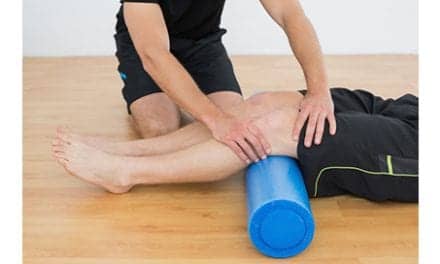People who participate in light to moderate physical activity, such as walking at least 4 hours a week or swimming 2 to 3 hours a week, may have less severe strokes than people who are physically inactive, according to researchers.
The study, from the University of Gothenburg in Sweden, was published recently in Neurology, the medical journal of the American Academy of Neurology.
“Stroke is a major cause of serious disability, so finding ways to prevent stroke or reduce the disability caused by stroke are important,” says study author Katharina S. Sunnerhagen, MD, PhD, of the University of Gothenburg in Sweden, in a media release.
“While exercise benefits health in many ways, our research suggests that even simply getting in a small amount of physical activity each week may have a big impact later by possibly reducing the severity of a stroke.”
In the study, Sunnerhagen and her team looked at two Swedish stroke registries and identified 925 people with an average age of 73 who had a stroke. The registries included data on stroke severity based on symptoms such as eye, arm, and facial movements, level of consciousness, and language skills. Among the study participants, 80% had a mild stroke.
To determine physical activity, participants were asked after the stroke how much they moved or exercised during their leisure time before they experienced the stroke. Questions about duration and intensity of exercise were used to determine the average amount of physical activity. Relatives were asked to confirm exercise levels when needed.
Light physical activity was defined as walking at least 4 hours a week. Moderate physical activity was defined as more intense exercise such as swimming, brisk walking, or running 2 to 3 hours a week. Of study participants, 52% said they were physically inactive before having their stroke, the release explains.
Researchers found that people who engaged in light to moderate physical activity before their stroke were twice as likely to have a mild stroke rather than a moderate or severe stroke when compared to people who were physically inactive. Of 481 people who were physically inactive, 354 had mild stroke, or 73%. Of 384 who engaged in light physical activity, 330 had mild stroke, or 85%. Of 59 people who engaged in moderate physical activity, 53 had mild stroke, or 89%. Researchers found that light and moderate physical activity were equally beneficial.
“There is a growing body of evidence that physical activity may have a protective effect on the brain, and our research adds to that evidence,” Sunnerhagen states in the release.
“Further research is needed to better understand just how physical activity influences the severity of a stroke. Finally, physical inactivity should be monitored as a possible risk factor for severe stroke.”
Sunnerhagen notes that the difference in physical activity did not account for a large amount of the difference in stroke severity. When combined with younger age, greater physical activity accounted for only 6.8% of the difference between the two groups.
She also states that the study does not prove that physical activity reduces stroke severity; it only shows an association.
[Source(s): American Academy of Neurology, EurekAlert]





